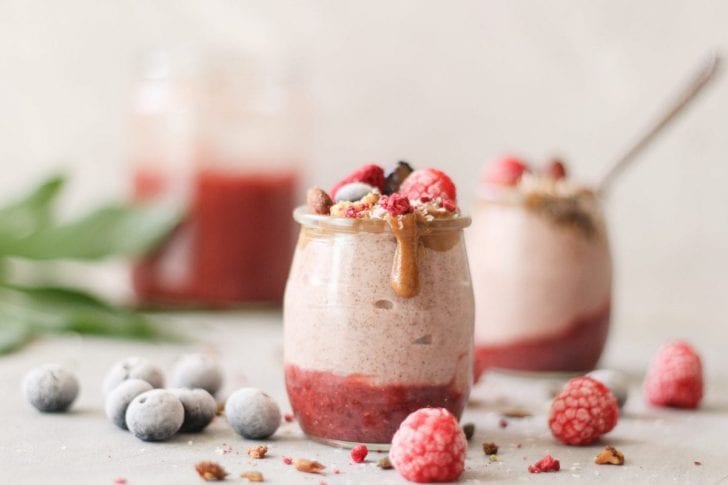People nowadays prefer to shop for their groceries once or twice a month, unlike the good old days when everyone preferred stepping in stores every day to get their hands on fresh produce and meat. Fortunately, now, with a few easy tips, we are able to get fresh fruits, veggies, and meat from the refrigerator or freezer without the need to waste a few minutes daily to go grocery shopping.

With the importance of fresh foods in mind, here are a few tricks of Dos and Don’ts that will ensure your stored food stays fresh while you freeze and thaw it so that the risk of foodborne diseases remains minimized.
Don’t thaw at room temperature
Do: Thaw over room temperature by either cooking directly on flame or heating in the microwave. Or you may thaw it below room temperature by soaking the food in cold water (40 degrees Fahrenheit) or keeping it in the refrigerator. It’s important to avoid thawing at room temperature as it multiplies foodborne bacteria rapidly.
Don’t just use any available plastic bags
Do: Use zip-lock plastic bags that are specially designed to store food in the freezer. They prevent moisture loss and the formation of ice crystals- also referred to as freezer burn- that leads to changes in texture, flavor, and color of the food, making it look stale and unappealing.

Don’t forget to put dates on the stored food
Do: It would be best if you put on the exact dates of purchase on the food you’re planning on storing, using freezer tape, as every food has a different expiry duration. For instance, fruits, vegetables, and raw meat last up to 12 months, while fish and cooked meat stay fresh for about 6 months and ground meat for 4 months. Precooked dishes or leftovers can be stored for a maximum of 2 months.
Don’t refreeze your food if left at room temperature
Do: Avoid refreezing food that has once been frozen and thawed as it loses moisture, thus affecting the food quality and taste. However, if the food was thawed and cooked, that can be refrozen. Food that was kept in the refrigerator for less than three to four days can also be refrozen. But if something was thawed and left at room temperature for more than two hours, it is harmful to be consumed, as the bacteria would have dangerously multiplied at this point.

There are many fruits, vegetables, and soft foods that, once thawed, change their color or texture. Examples include goat cheese, strawberries, mangoes, spinach, etc. You can use these to make smoothies, soup, or jam by directly blending them instead of thawing.
With these tips to keep your food fresh and healthy, you can stretch out the duration between grocery purchasing rounds and make the most of your freezer.
